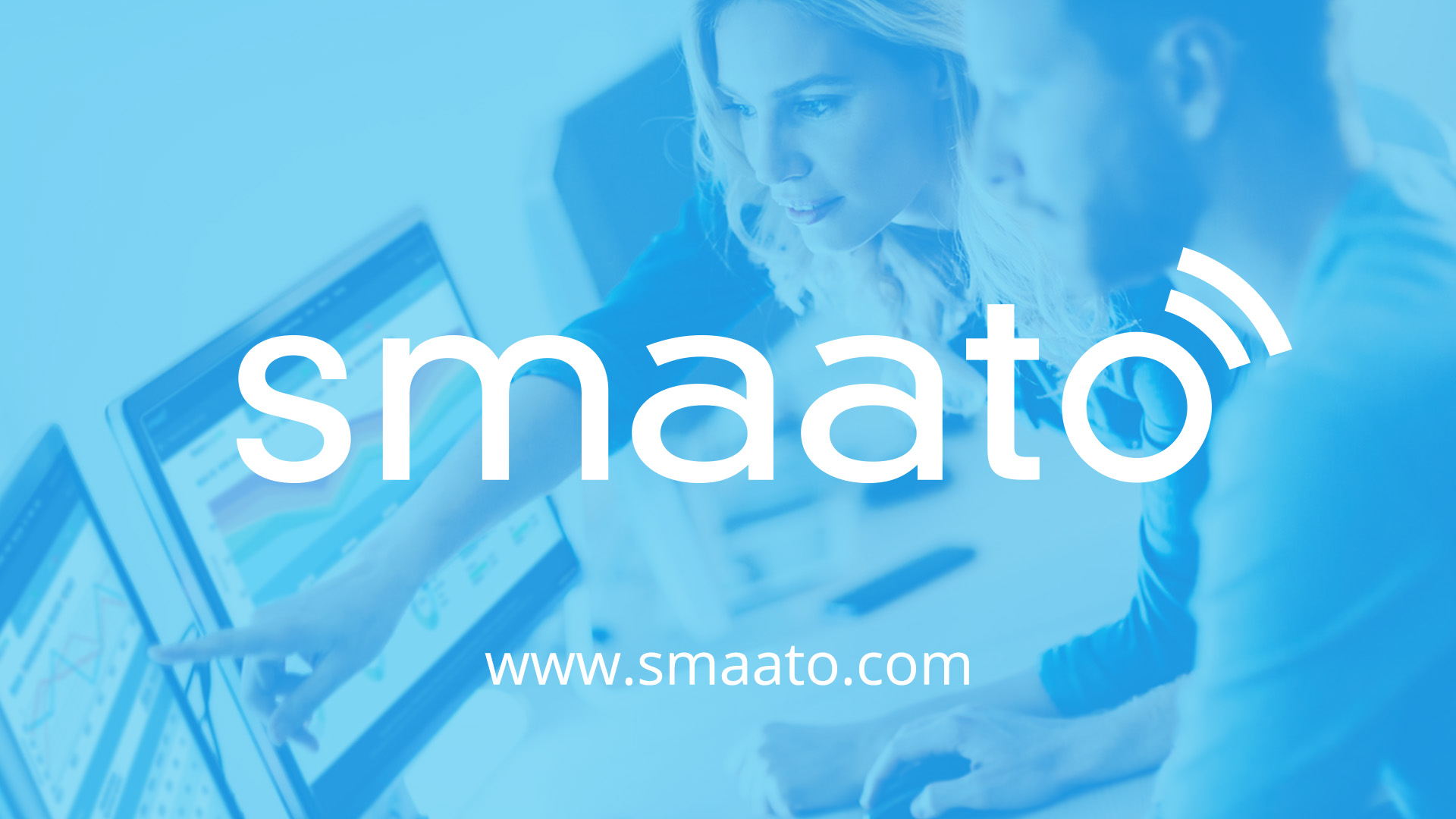There are several different ways of offering and acquiring inventory in the programmatic ecosystem. The four main ways are: open auctions, private exchanges, preferred deals, and programmatic guaranteed deals.
Each of these programmatic deals offer their own unique benefits. This guide will explain the differences among each type and can help you choose the best option for your programmatic advertising strategy or monetization plan.

Programmatic Real-Time Bidding (RTB)
Open Auction
Also Known As: Open Exchange, Real-Time Bidding (RTB), Open Marketplace, Smaato Exchange
As the name suggests, open auctions are open to all. All marketers on the exchange/SSP/ad network have an opportunity to bid on all available publisher inventory. This is the most traditional form of programmatic auctions.
With real-time bidding, publishers can set the floor price for an ad, but the marketer demand still determines the final price, and the highest bid wins. Inventory is not guaranteed.
Historically, Open Auctions came with some risks. Publishers wouldn’t always know who was purchasing the inventory, which could hurt their brand image. Meanwhile, inventory isn’t necessarily disclosed, so marketers didn’t always know what they’d be getting. At Smaato, we share IDs with our partners to help improve transparency in the RTB process.


Private Exchange
Also Known As: Private Marketplace (PMP), PMP Programmatic, Private Auction, Invitation-Only Auction
A private exchange is another form of real-time bidding, but instead of being open to all marketers and all publishers, a single publisher invites a mere handful of marketers to participate.
Private exchanges are quickly becoming industry standard. In 2020, US ad spend in private exchanges outpaced open auctions for the first time.1
To access the auction, these hand-selected marketers will need a time-sensitive deal ID. Publishers set a floor price, and the bidding starts there. As in the open auction, the highest bid wins. Inventory is not guaranteed.
Programmatic Direct
Preferred Deal
Also Known As: Unreserved Fixed Rate, Programmatic Non-Guaranteed
A Preferred Deal is a private, 1:1 relationship between a publisher and a marketer. In a Preferred Deal, publishers offer premium inventory to the marketer at a pre-negotiated fixed eCPM price.
While eCPMs are a bit higher, marketers are paying to get what’s essentially “first dibs” on premium ad space. When an ad request comes through, a marketer with a preferred deal has an opportunity to bid at the pre-negotiated fixed eCPM price in real time, before the inventory heads to open auction. Inventory is not guaranteed.


Programmatic Guaranteed
Also Known As: Guaranteed Buy, Programmatic Direct, Automated Guaranteed
With a guaranteed buy, a publisher offers specific, reserved inventory to a marketer at a fixed price.
Publishers and marketers negotiate a price for a guaranteed volume of impressions, or flight date. This is similar to a direct sale/buy, but programmatic automation replaces the manual IO process, improving efficiency and reducing error.
Benefits of Each Programmatic Buy Type
And How to Pick the Right One for You
Benefits of Open Auctions
- Affordability: This is the most cost-effective way for marketers to buy media, offering access to the largest audience, and providing the highest reach for campaigns.
- Efficiency: By casting a wide net, publishers can quickly fill their inventory. They can also include remnant inventory that wouldn’t be sold in preferred deals or private auctions.
- Simplicity: While risk is (theoretically) higher, this method is efficient and convenient for both publishers and marketers.
- Scalability: The open auction provides one-stop access to a large number of marketing sources. This means unlimited growth potential.
Best for: Offering cost-efficient placements and ensuring high fill rates.


Benefits of Preferred Deals
- Predictability: Publishers get a controlled, predictable revenue stream. Marketers get a first look at premium inventory without price fluctuations.
- Relevancy: Publishers can select hyper-relevant marketers to help deliver a better UX. Marketers can opt in to highly targeted placements.
- Profitability: Publishers can sell their premium inventory at a more competitive rate.
- Automation: Preferred deals are executed programmatically, making this an automated, cost-effective option.
Best for: Gaining predictability and opportunities for brand alignment, without the obligation to buy or sell.
Benefits of Private Marketplace
- Exclusivity: Publishers select which partners are invited into the exchange, giving them full control over who has access to their premium inventory.
- Transparency: Both marketers and publishers get clear insight into what kind of inventory is filled and purchased. They can also see the eCPMs and what creative runs.
- Quality: Marketers get access to top-tier placements. They also gain opportunities for brand alignment and contextual placements. This delivers a better experience for users, too.
- Profitability: With more premium placements and control over floor prices, publishers can see increased eCPMs.
- Automation: Automated programmatic media controls can eliminate the need for a separate sales team. This helps optimize resources, and saves time.
Best for: Delivering a positive UX by offering premium, brand-aligned inventory to hyper-relevant marketers.


Benefits of Programmatic Guaranteed
- Reliability: Inventory volume is guaranteed, so marketers can ensure impressions. Since spend is ensured, publishers have more control over their anticipated revenue.
- Quality: Marketers gain access to top-tier, premium inventory. Publishers can use insights to negotiate better prices based on traffic quality.
- Transparency: Marketers can see exactly where their ad will be served, while publishers gain higher control over what content is displayed on their app or site, ensuring on-brand creative.
- Automation: Guaranteed deals bypass the manual IO process, eliminating human errors. This also increases media planning efficiency for marketers.
Best for: Replacing manual IOs with the convenience of a programmatic buy.
Ready to get started?
We’re happy to help guide you.
